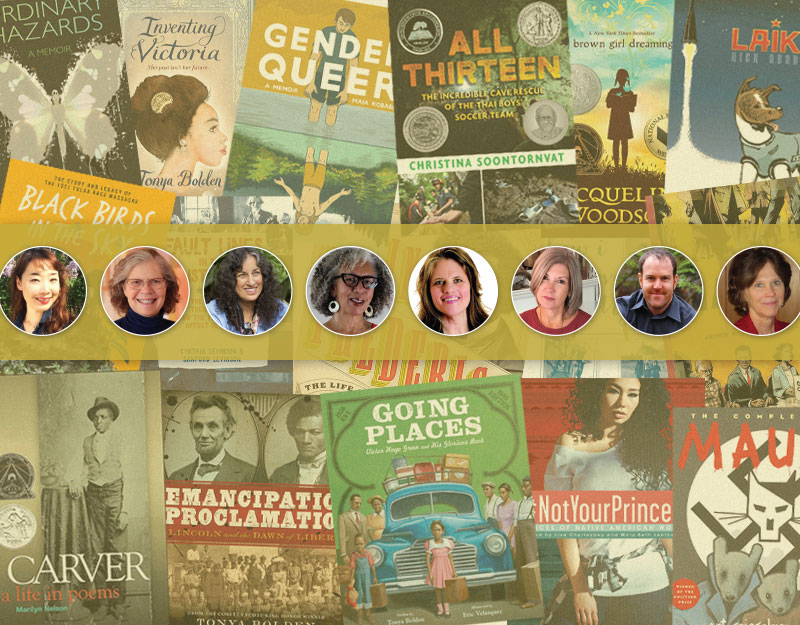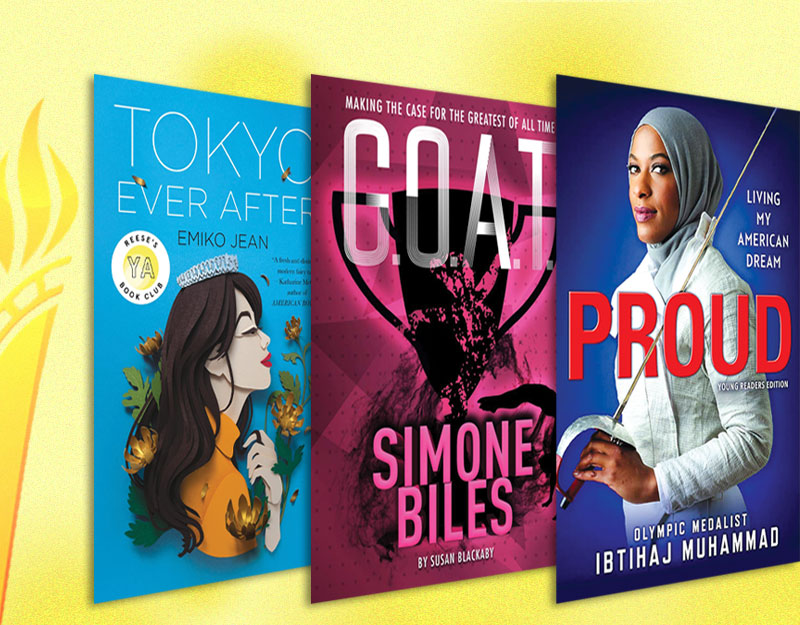What’s Your Favorite Animal?
What’s Your Favorite Animal?
Written and illustrated by Eric Carle and friends
Published by Henry Holt and Co., 2014
ISBN# 978-0-8050-9641-5
Grades PreK-3
Book Review
- The “What’s Your Favorite Animal?” Project. The Eric Carle Museum of Picture Book Art is currently preparing a special exhibition to celebrate this book. Artists of all ages and skill levels are invited to submit original artwork of their favorite animal until August 1, 2014 (click here for more details, and click here for the virtual gallery that is currently being built). Encourage your students to participate in the project, or curate your own exhibition in your classroom or at your school. Invite students to write a short text of any genre to accompany the artwork, just as the contributors to the book did.
- Mentor Text for Multigenre Writing. Have students name the different kinds of writing genres that are in What’s Your Favorite Animal?, such as poetry, personal narrative, and descriptive writing. Study each piece with your class to determine the characteristics of the genres within it, and discuss how they each contribute a unique perspective when answering the question asked in the book’s title. For example, Eric Carle’s answer brings a personal and sentimental view of the answer and appropriately presents it in a personal narrative, while Tom Lichtenheld’s and Mo Willems’ take on the question is full of humor and are therefore appropriate to write as a poem and a quip, respectively. After studying this book, have students pick a question they would like to answer in a number of ways, such as “What’s Your Favorite Food?” or “What’s Your Favorite Time of Day?”, and then write pieces in different genres to answer it. You might want to have them work individually or in small groups to create their multigenre writing portfolios.
- Class Survey. Encourage students to apply their math skills by conducting a survey of people’s answers to the book’s titular question. You might have them survey another class, peers at the playground, family members, and other people in their community. Have students report the answers in a variety of different graphs and charts to highlight different kinds of information: favorite animals, who was asked, reasons given, etc.
- Illustrator Studies. The celebration of illustrators in this book invites readers to compare and contrast the artwork of the contributors. Have your students spend time examining the illustrations in this book and then, individually or in small groups, select an illustrator to study more closely. Help them gather a variety of that illustrator’s books to survey the artwork in it. What characterizes the illustrator’s artistic style? Are there any idiosyncrasies particular to that illustrator? What is his or her favorite media to use? Use the websites listed below, as well as another illustrator compilation introduced by Eric Carle, Artist to Artist, and consult your local librarian, the Internet, and other biographical sources to answer these questions. Then, have students try their hand at illustrating their favorite animal in the style of the illustrator they studied.
- Animals in Art. Animals are a favorite subject for many an artist. In small groups, have students select an animal to follow in art. Set up an inquiry in which students study the different ways the animal is represented throughout history and different art movements. Encourage them to also try to seek out the animal in different artistic media, such as pottery, sculpture, and textiles. Use some of the books listed below to help. Then, have the groups set up an art gallery in your classroom in which they display their own artistic renderings of their selected animals in various media.
Further Explorations
Eric Carle’s website
http://www.eric-carle.com
Eric Carle Museum of Picture Book Art
https://www.carlemuseum.org
Nick Bruel’s website
http://www.nickbruel.com
Lucy Cousin’s webiste
http://www.maisyfunclub.com/default.htm
Susan Jeffers’s website
http://www.susanjeffers-art.com
Steven Kellogg’s website
http://stevenkellogg.com
Jon Klassen’s website
http://jonklassen.tumblr.com
Tom Lichtenheld’s website
http://www.tomlichtenheld.com
Peter McCarty’s website
websites about Chris Raschka
http://nccil.org/experience/artists/raschkac
http://www.scholastic.com/teachers/contributor/chris-raschka
http://www.rhspeakers.com/speaker/chris-raschka
http://www.hbook.com/2012/06/creating-books/chris-raschka-the-habits-of-an-artist
http://www.teachingbooks.net/author_collection.cgi?id=39&a=1
Peter Sis
http://www.petersis.com
Lane Smith
http://lanesmithbooks.com
Erin Stead
http://erinstead.com
Rosemary Wells
http://rosemarywells.com
Mo Willems
http://www.mowillems.com
Books
Ablow, G. (2007). A horse in the house and other strange but true animal stories. Ill. by K. Osborn. Somerville, MA: Candlewick Press.
Baumbusch, B. (2005). Animals in art. New York: Gareth Stevens Publishing.
Blizzard, G. S. (1992). Come look with me: Animals in art. New York: Lickle Publishing.
Carroll, C. (1996). How artists see animals: Mammal, fish, bird, reptile. New York: Abbeville Kids.
Carle, E., & others. (2007). Artist to artist: 23 major illustrators talk to children about their art. New York: Philomel.
Jenkins, S. (2013). The animal book: A collection of the fastest, fiercest, toughest, cleverest, shyest–and most surprising–animals on earth. New York: Houghton Mifflin. See our entry at http://classroombookshelf.blogspot.com/2013/11/steve-jenkins.html
Thurlby, P. (2011). Wildlife. Somerville, MA: Templar Books.
Filed under: Nonfiction Picture Books, Picture Books
About Grace Enriquez
Grace is an associate professor of language and literacy at Lesley University. A former English Language Arts teacher, reading specialist, and literacy consultant, she teaches and writes about children’s literature, critical literacies, and literacies and embodiment. Grace is co-author of The Reading Turn-Around and co-editor of Literacies, Learning, and the Body.
ADVERTISEMENT
ADVERTISEMENT
SLJ Blog Network
One Star Review, Guess Who? (#202)
Review of the Day: My Antarctica by G. Neri, ill. Corban Wilkin
Exclusive: Giant Magical Otters Invade New Hex Vet Graphic Novel | News
Parsing Religion in Public Schools
Take Five: LGBTQIA+ Middle Grade Novels
ADVERTISEMENT








